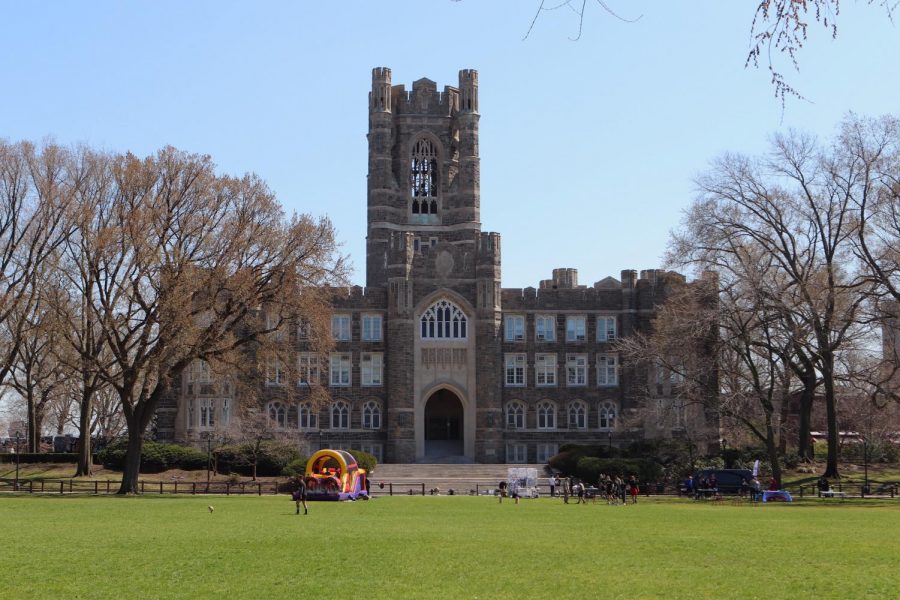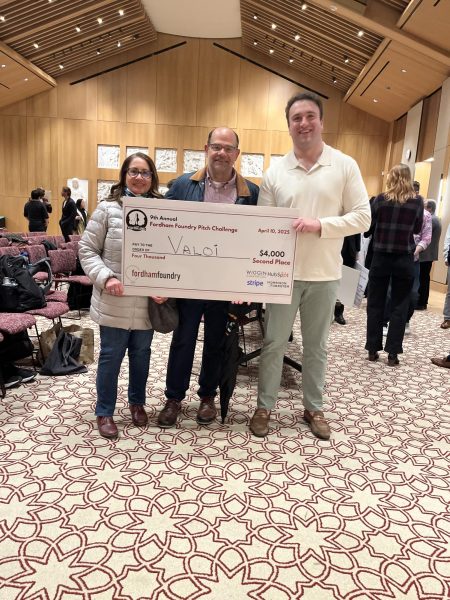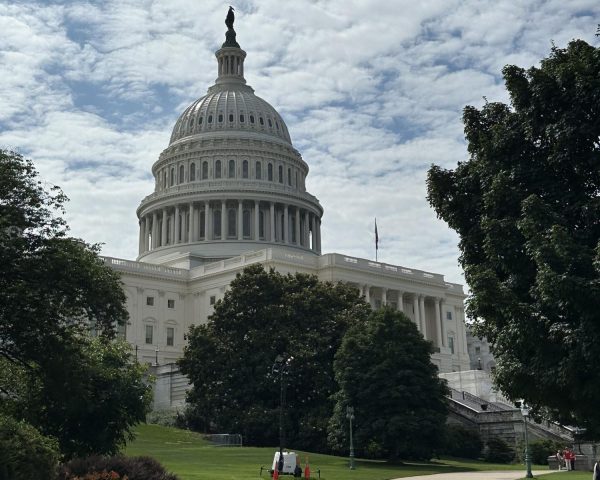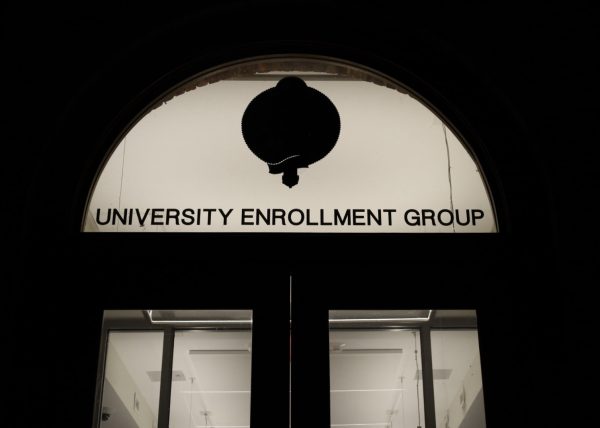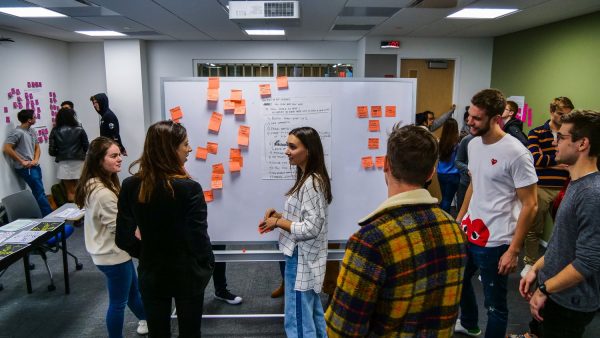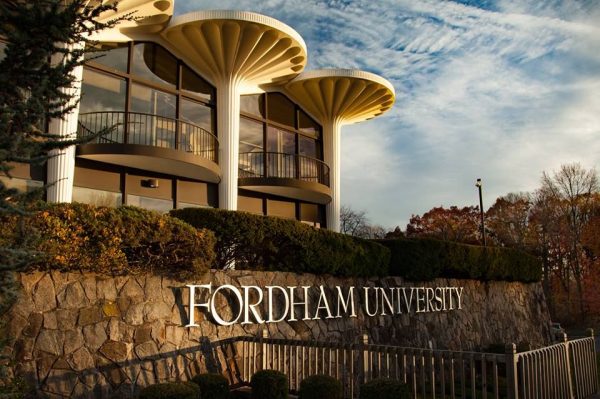Fordham Hosts it’s Bi-Annual Budget Meeting
On Wednesday, Nov. 17, Fordham University held its bi-annual budget forum via webinar. Martha Hirst, the senior vice president, CFO and treasurer of the university, and Nicholas Milowski, vice president of finance and assistant treasurer, presented updates on the university’s operating budget to the Fordham community during the event.
The budget forum provided an overview of the university’s financial standing after over a year and a half of the COVID-19 pandemic, as well as a look at Fordham’s financial future.
Overall, the university has made it through the pandemic so far in a better financial position than expected, explained Hirst. Net tuition and fees revenues were higher than budgeted. Enrollments were also “not as negatively impacted as expected” by the pandemic, said Hirst.
The university ended the 2021 fiscal year with $7.9 million in excess revenue, which Hirst called “an excellent outcome” for the university. That money was carried over to balance the 2022 fiscal year’s budget.
“We had a lot of unpredictability,” said Hirst. “We budgeted very conservatively. Certain circumstances [came out] in our favor.”
Hirst also said that Fordham enjoyed success in respect to its investments in the last fiscal year. The university’s endowment reached $1 billion for the first time in the university’s history, according to Hirst. However, Hirst also explained that while the increased size of the endowment is a positive indicator of the university’s overall health, only a portion of the endowment’s funds are part of the university’s operating budget.
Though the university’s finances have done better than many administrators and trustees had planned, Hirst said they have still been cautious when crafting future budgets. She and Milowski both emphasized that it is unlikely that the university will receive pandemic-related stimulus grants from the federal government in the coming years, which must be accounted for in budgets for the coming years.
“Were it not for the stimulus funds, we would be facing a budget shortfall of over $10 million at this point,” said Milowski. “It is unlikely that we will receive another stimulus package, so to the extent that the university is enjoying the generosity of these stimulus grants, it also demands that we focus on how we are going to replace those stimulus funds with either additional revenues or expense refinements as we move forward.”
Hirst also mentioned that while the university decided not to raise tuition rates for the 2021-2022 academic year, it is likely that students can expect a “modest increase” in tuition next year. Hirst said it is not yet certain exactly how much tuition might increase for the upcoming academic year.
“It’s really the federal stimulus dollars that enabled us to not need to raise tuition last year,” said Hirst. “I can’t think of a university or college around that isn’t raising its tuition rate this year or that [didn’t] raise it last year when we didn’t. It’s one of the realities of the time we’re in.”
One of the more controversial measures the university took to adjust its budget to possible hardships brought on by the pandemic was the temporary suspension of contributions to employee retirement plans. While these contributions resumed in April, there was no announcement at the time that the university would retroactively pay employee retirement benefits lost between November 2020 and April 2021.
During the budget forum, Hirst said that the university will make payments to employees’ retirement plans to make up for the payments lost last academic year. The first of two payments was made this semester to all eligible employees.
For the fall semester of 2021, Hirst said there were about 30% more students in the incoming first-year class than the university had budgeted or anticipated. She also acknowledged that this first-year class is the most ethnically diverse in Fordham’s history. She credited the higher than expected enrollment numbers to the university’s ability to convert recruitment and welcoming events to a virtual format.
To accommodate for this larger than expected student population, the university added 100 new course sections, primarily for required core classes and hired contingent faculty to adjust to this increase in course sections, said Hirst. The large student population also contributed to roughly 90% of university housing being filled this semester, with some vacancies kept purposely to continue to be used for isolation spaces.
Hirst said university officials will focus on retaining this large first-year class in order to maintain revenues from student tuition payments and other fees.
Going forward, Milowski said the university will slowly restore travel budgets, though it may take a while for travel expenses to be able to return to pre-pandemic norms. The current travel budget for fiscal year 2022 is about $10 million, which is higher than fiscal years 2020 and 2021 but still several million short of the travel budget for fiscal year 2019.
“We are restoring travel expenses as is critical to the mission of the university,” said Milowski. “We still have some fiscal challenges that we need to navigate very carefully.”
Hirst said the university is also closely monitoring inflation rates, which have been on the rise in recent months, and could greatly affect university expenses in future years if rates continue to increase.
“The price of everything is rising,” said Hirst. “Anybody who started their shopping for the Thanksgiving holiday can notice. Anybody who’s putting gas in their car can notice, in your own households and in your own lives.”
Hirst emphasized that the university will continue to build uncertainties like inflation rates and other pandemic-related obstacles into the budget.
“We are working our way back from the pandemic, and we still have a lot of unknowns,” said Hirst. “We’re not back to normal yet.”

Abbey Delk is a junior from Wheeling, West Virginia, double majoring in English and journalism and minoring in film & television. Her career at the...



































































































































































































